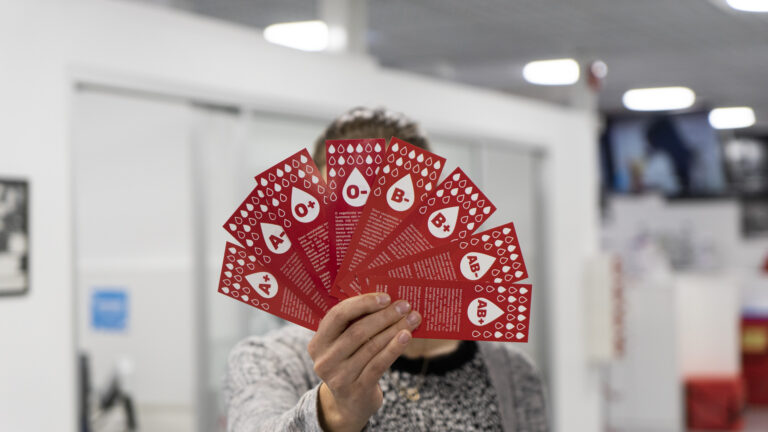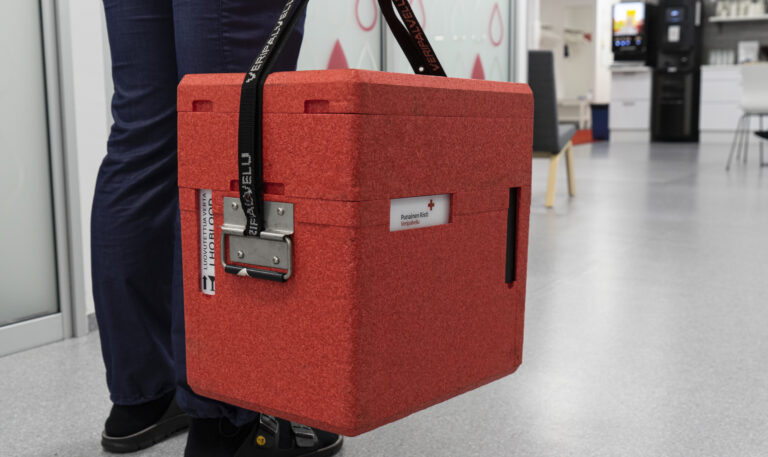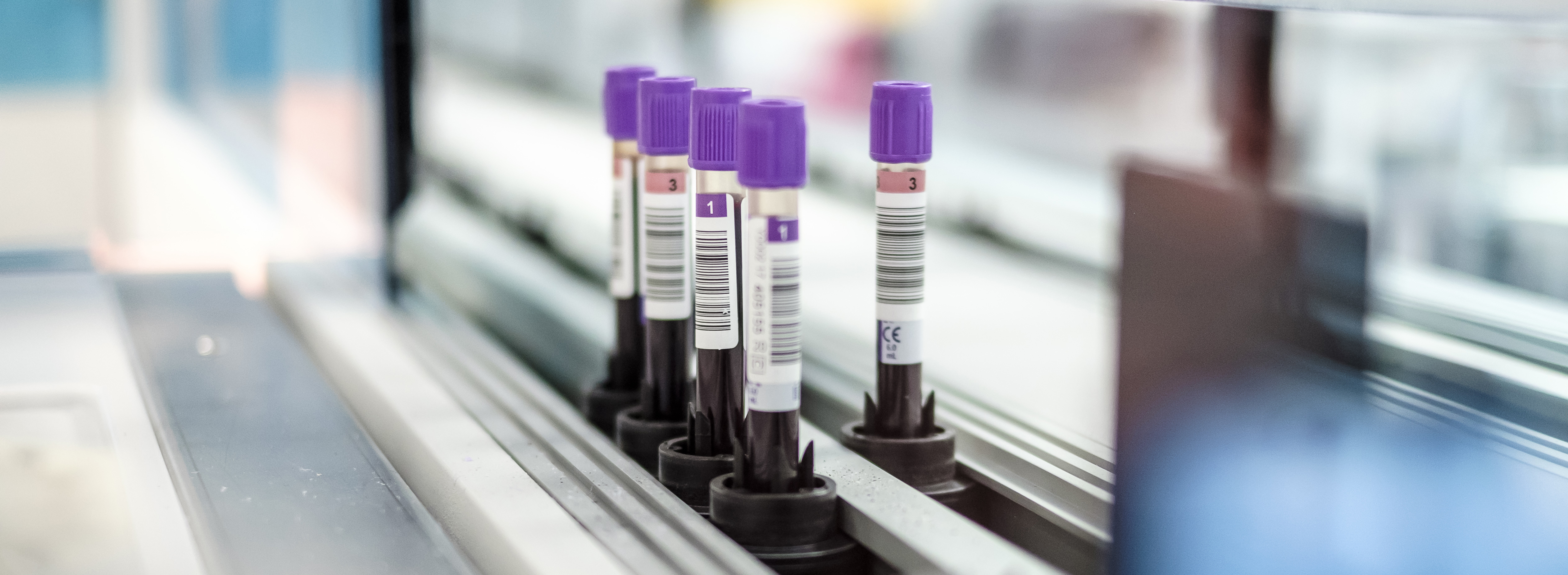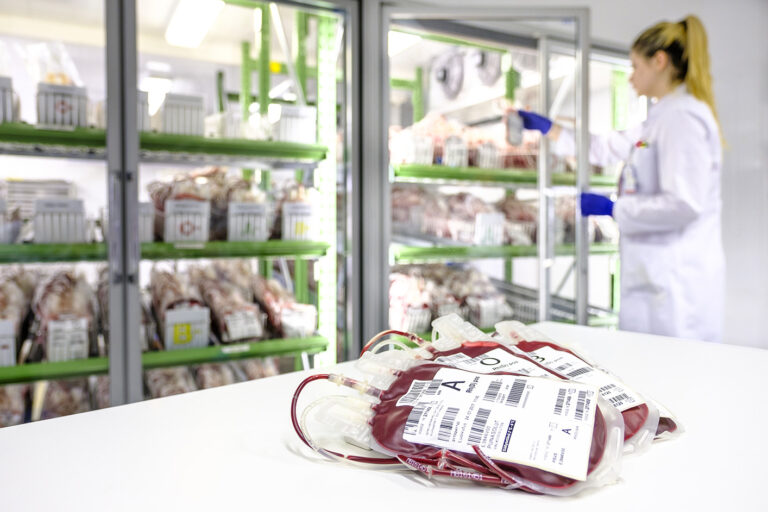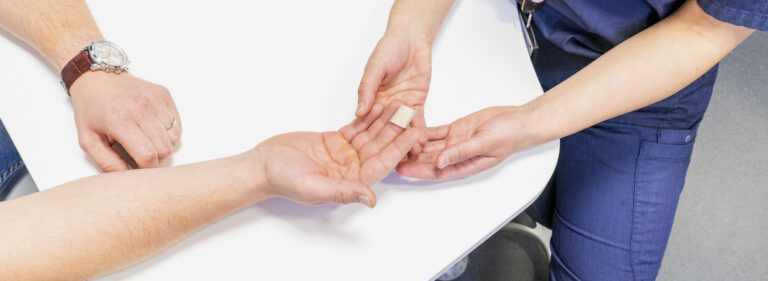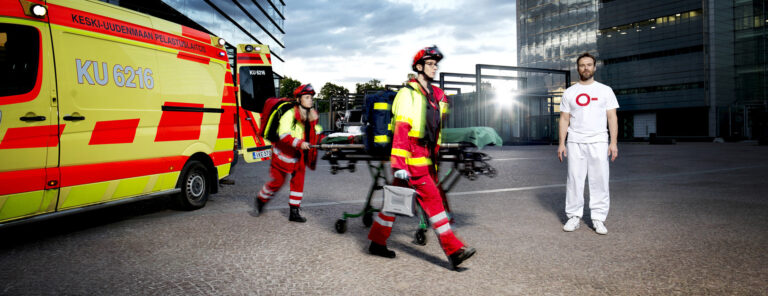More about blood
Blood is needed to transport oxygen and nutrients to different parts of the body. An adult human body contains approximately five litres of blood.
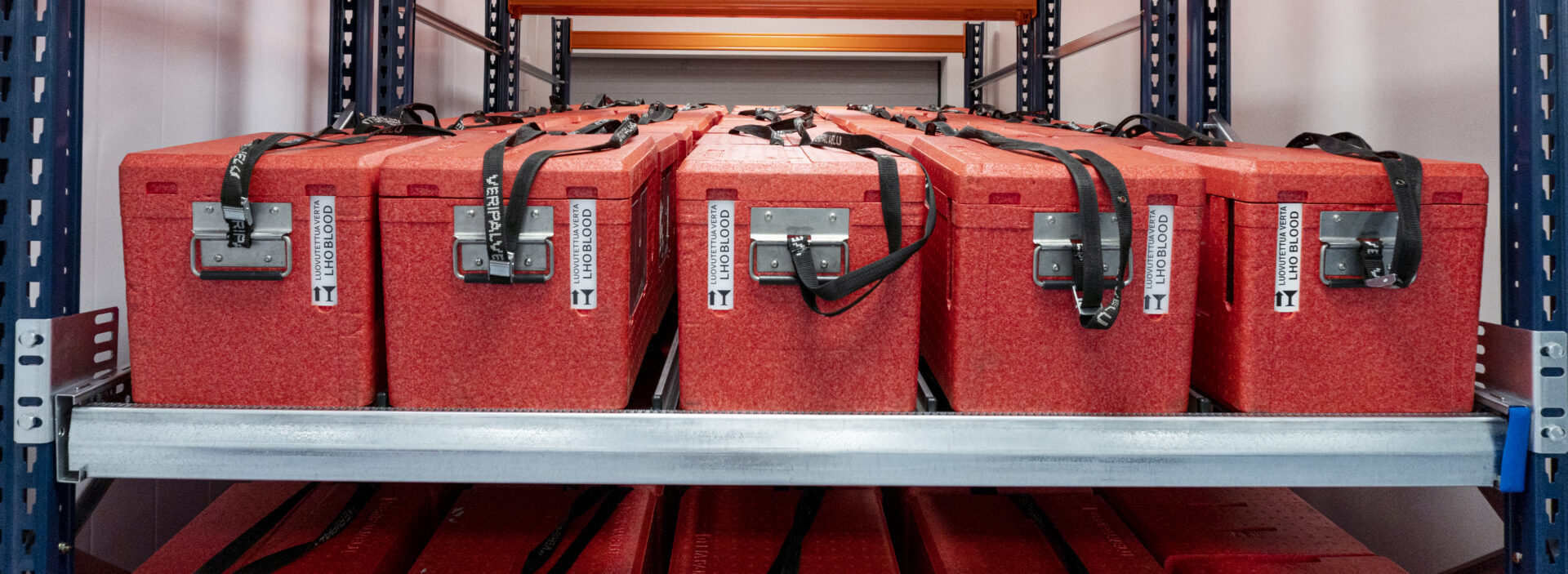
Half of blood is red cells and half yellowish blood plasma or plasma. Blood also contains a small amount of platelets and leukocytes.
New blood cells are created constantly in the bone marrow of a healthy person. There is no artificial blood that could replace real blood entirely.
